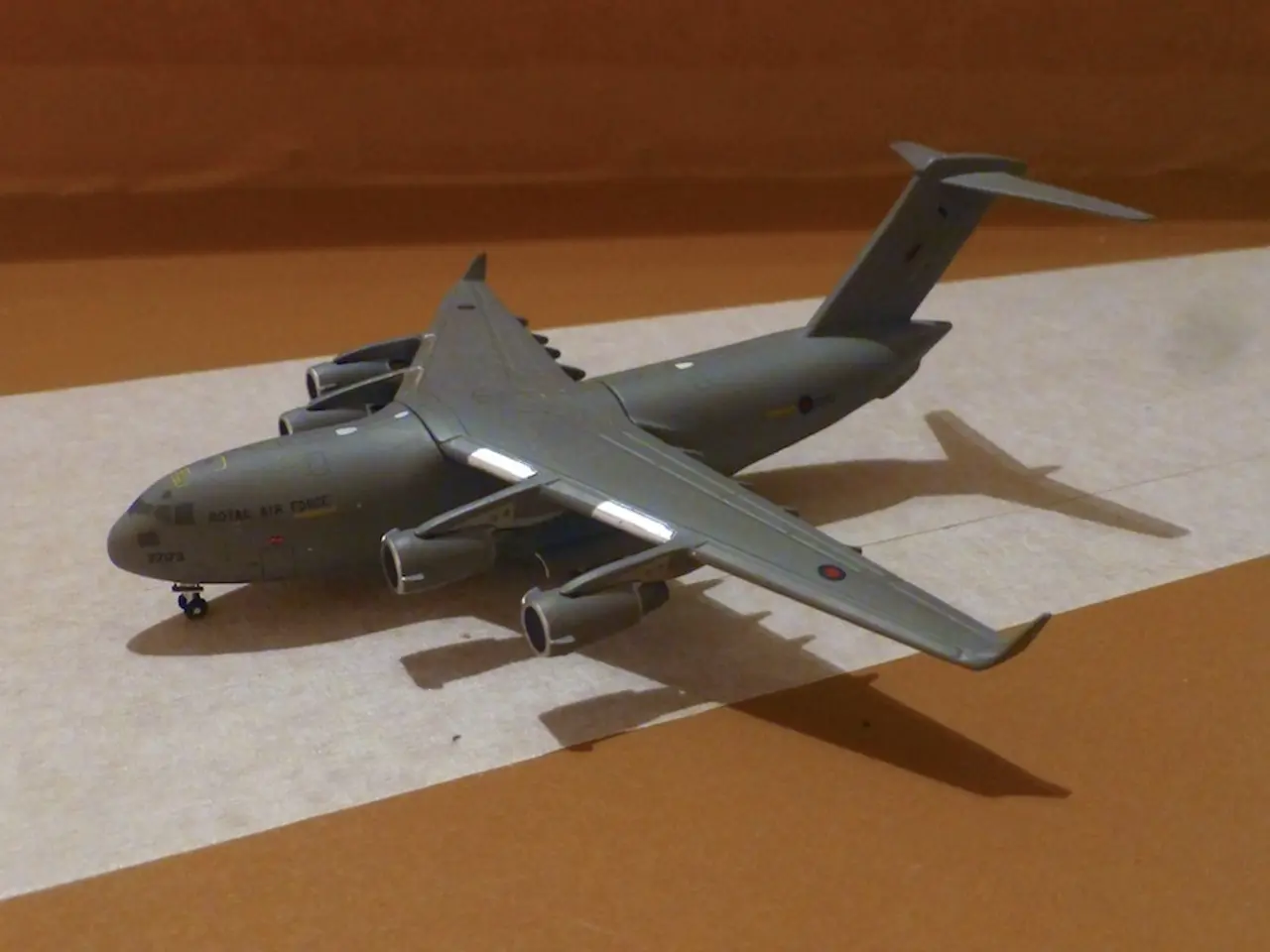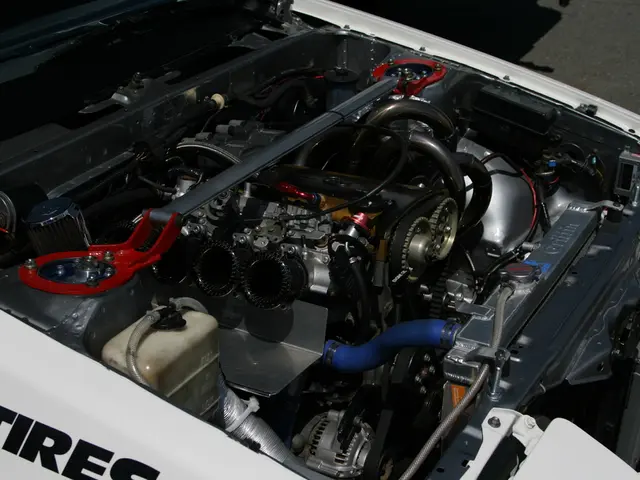Space-Launched Mach 20 Missiles Capable of Rapid Global Attack: China Enhances Ability to Strike Within Half an Hour
In a recent study, researchers affiliated with the People's Liberation Army Rocket Force (PLARF) have outlined several key technical challenges for hypersonic glide vehicles (HGVs) launched from space-based platforms. These challenges, along with potential countermeasures, are designed to improve the performance and effectiveness of these advanced weapons systems.
Key Technical Challenges
- Thermal Management: HGVs re-entering the atmosphere at hypersonic speeds face extreme heating, which requires advanced thermal protection systems to maintain vehicle integrity and functionality.
- Stability and Control: Maintaining stable flight trajectory and controllability at hypersonic speeds within the upper atmosphere or during transition from space to atmospheric flight is difficult due to aerodynamic and environmental factors.
- Detection and Tracking: HGVs launched from space can approach targets unpredictably, challenging existing missile defense radar systems due to their speed, maneuverability, and trajectory.
- Launch Platform Integration: Deploying HGVs from space-based platforms requires precise release mechanisms and overcoming constraints related to payload weight, size, and deployment timing.
- Communication and Guidance: Ensuring reliable communication and accurate guidance during hypersonic glide through plasma or ionized layers formed at high speeds is complicated.
Potential Countermeasures
- Advanced thermal protection materials to withstand intense heat loads during atmospheric reentry.
- Enhanced aerodynamic design and control surfaces optimized through computational modeling and testing to improve stability and maneuverability.
- Development of improved sensor systems and tracking algorithms that can detect, track, and predict hypersonic trajectories despite their speed and flight path variability.
- Use of high-altitude drop tests, such as from balloons or sounding rockets, to simulate launch conditions and validate vehicle performance, as China has been observed conducting.
- Innovative communication techniques that mitigate plasma-induced blackout periods, such as multi-frequency or laser communication links.
- Modular launch and deployment systems for flexible and reliable release from space platforms.
The study corroborates observations of Chinese testing using high-altitude balloons as proxy space-launch platforms to trial hypersonic glide vehicles. While direct information from PLARF-specific studies is limited, the challenges and countermeasures align with general hypersonic research goals highlighted in U.S. NASA hypersonic vehicle tests and aerospace academic courses on scramjet propulsion and hypersonic flight.
Meanwhile, the West, particularly the United States and the United Kingdom, are investing in air-breathing hypersonic propulsion systems, in contrast to China's focus on space-based deployment. For instance, the UK Ministry of Defence has completed 233 successful engine tests of a next-generation scramjet, aiming to field a new class of hypersonic cruise missiles by 2030.
The hypersonic glide vehicles can reach speeds up to Mach 20 and targets anywhere on Earth in under 30 minutes. However, the system faces multiple limitations, with the most critical issue being the infrared signature of the vehicles during flight, making them more detectable by infrared-based tracking systems. At hypersonic speeds, the heat generated by atmospheric friction increases the vehicles' detectability, both in space and from the ground. Such a capability would significantly reduce the window for any defensive countermeasures.
The design philosophy of the Western hypersonic programs prioritizes sustained speed and maneuverability over the unpredictability of orbital deployment. U.S. Secretary of Defence Pete Hegseth has highlighted the potential danger posed by hypersonic missiles, stating that they can take out 10 aircraft carriers in the first 20 minutes of a conflict.
In conclusion, the ongoing research and development of hypersonic glide vehicles by the People's Liberation Army Rocket Force (PLARF) presents both challenges and opportunities. Understanding these technical issues and potential countermeasures is crucial for maintaining a balanced and secure global defence landscape.
- The study emphasizes the need for advanced thermal protection materials to withstand the extreme heat generated during the atmospheric reentry of hypersonic glide vehicles (HGVs), which is a key technical challenge identified in the research on space-and-astronomy and technology.
- The West, particularly the United States, recognizes the importance of air-breathing hypersonic propulsion systems in countering HGVs, thereby focusing on maintaining sustained speed and maneuverability as a strategy against unpredictable orbital deployment, a principle rooted in the realms of science and technology.




